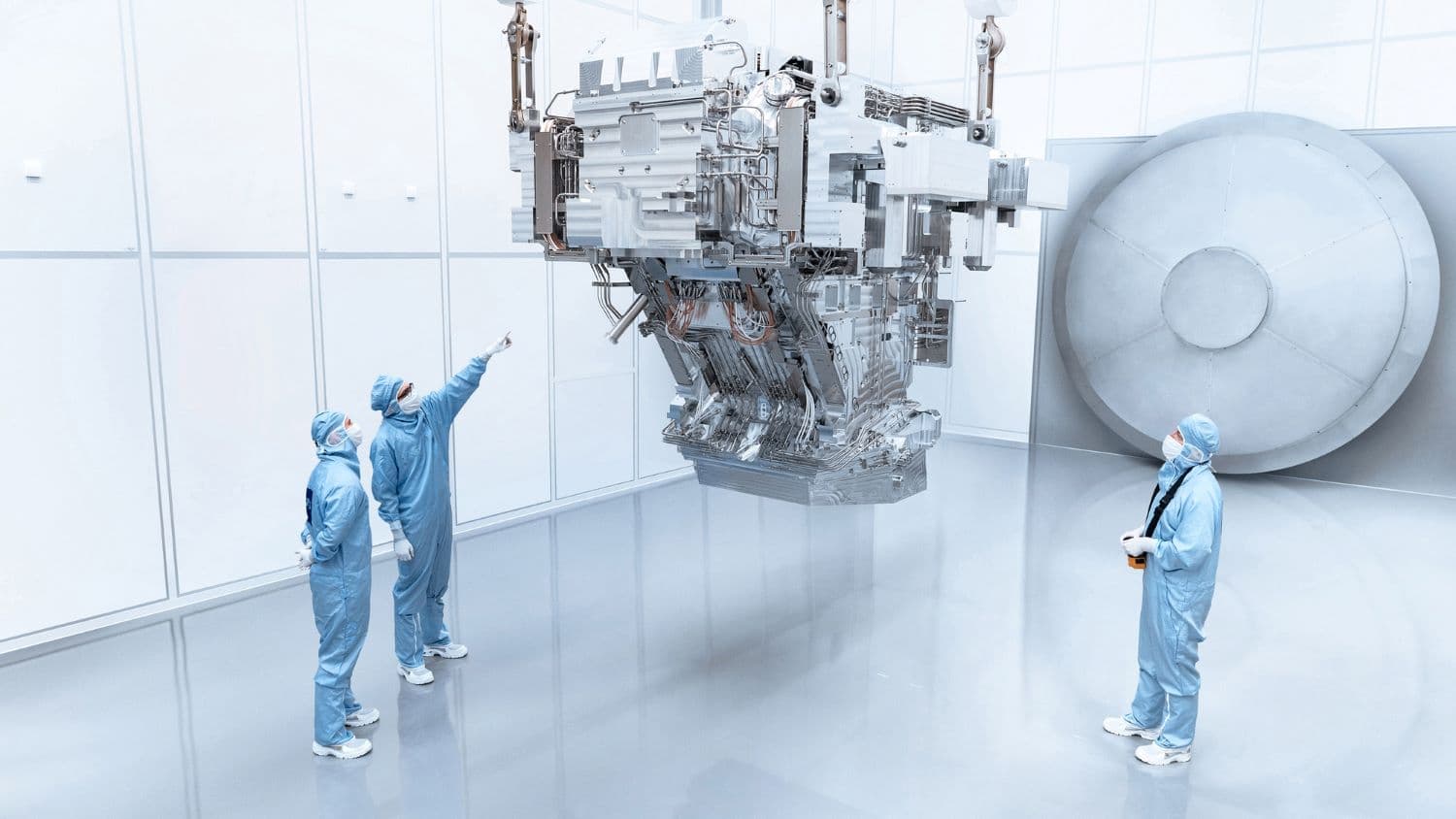FIAT
Unlocking the potential of ‘functional imaging’ to quantify tumor response to treatment earlier and more accurately
Oncologists have great expectations of new ways to quantify a tumor’s response to treatment (and better assess the effectiveness of cancer therapies). Functional imaging, whereby a tumor’s activity (metabolism, blood flow, diffusion characteristics, etc.) is investigated rather than its size, is a promising approach to do so. Yet, while the potential of functional imaging in the domain of oncology may be great, using it in clinical practice hinges on over- coming some important limitations.
During the FIAT project, a consortium of researchers and industry partners (both from the hardware and the soft- ware side) explored the potential of several functional image modalities to quantify tumors more accurately. They did so by setting up two parallel research tracks (i.e. small animal as well as clinical imaging), using the research outcomes of both paths to reinforce one another. Particular attention was paid to computed tomography (CT) perfusion imaging, and the quantification of positron emission tomography (PET) for small animal imaging.
The outcomes
- Improved tumor quantification in small animals – using benchtop MRI and novel isotropic sequences for diffusion-weighted MRI
- Reducing perfusion CT radiation exposure with a factor 5 to 10
- De-noising medical images more than 32 times faster
FIAT Leaflet
FIAT (Functional image analysis of tumours) is an imec.icon research project.
It ran from 01.01.2014 until 30.06.2016.
Project information
Industry
- icometrix
- Intel
- MR Solutions
- Philips Healthcare
- UZ Brussel
- Cliniques Universitaires St-Luc
Research
- UAntwerpen - Bio Imaging Lab
- imec - VisionLab - UAntwerpen
- imec - IPI - UGent
- imec - ETRO - VUB
- Molecular Imaging Center (MICA)
Contact
- Project Lead: Julien Milles
- Research Lead: Jef Vandemeulebroucke
- Innovation Manager: Piet Verhoeve
- Proposal Manager: Rudi Deklerck













